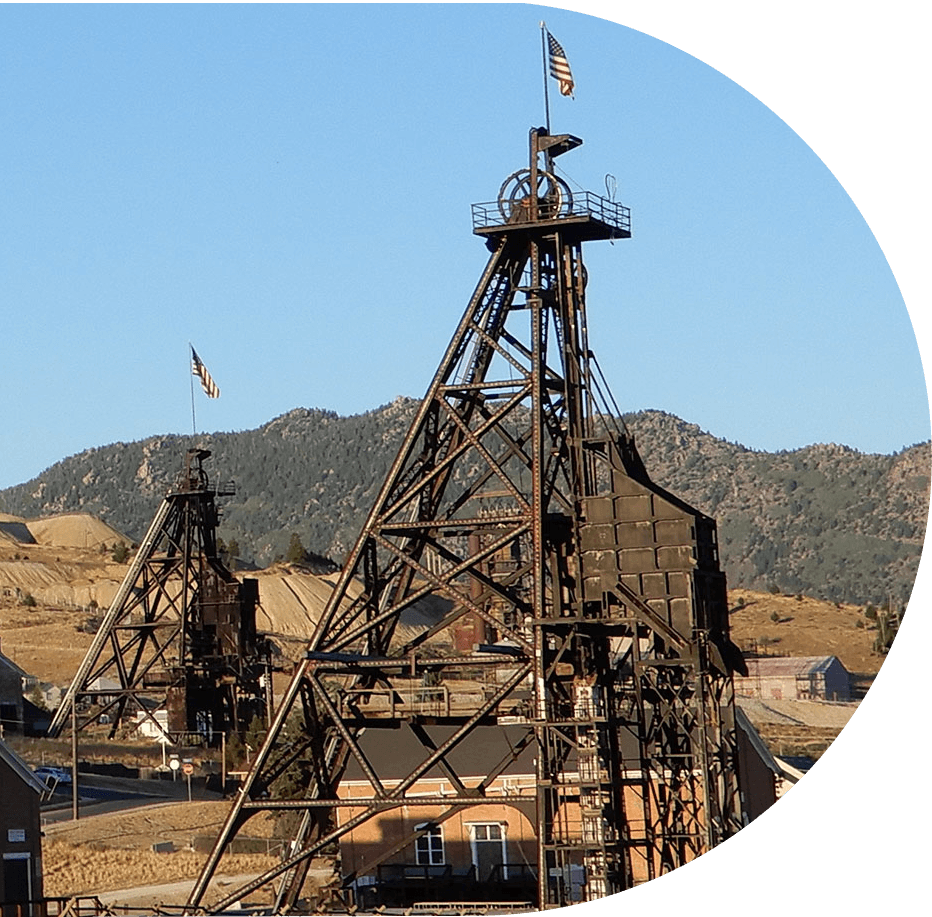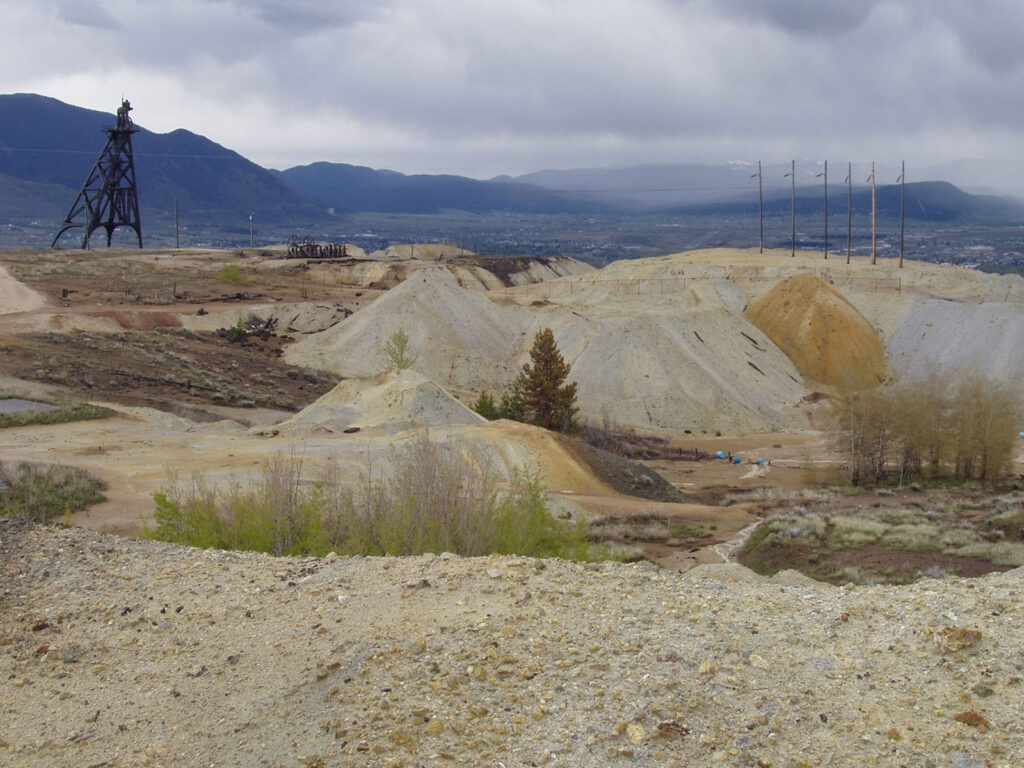Human Health Programs
Human Health
Introduction
Work on the Superfund site, Butte Priority Soils, from Silver Bow Creek to Warm Springs Ponds aims to reduce harm to people’s health. This work needs to address both known and possible health risks from toxic materials left behind by old mining activities in both urban and rural areas.
The main goal is to clean up the entire site so that when the work is finished, no harmful health effects from the old mining can be found.
MYTH:
“Butte’s water comes from the Pit”
FACT:
MYTH:
“Mining dust threatens our air quality”
FACT:
MYTH:
“It’s not safe to grow a vegetable garden in Butte’s soil”
FACT:
What’s Being Done?
The Medical Monitoring Working Group (MMWG) includes representatives from key organizations (EPA, DEQ, AR, BSB, and CTEC), as well as contractors and CTEC members. Its role is to review and report every five years on how much exposure to contaminants has been reduced in Butte, especially in children aged 0-5.
Human Health Programs:
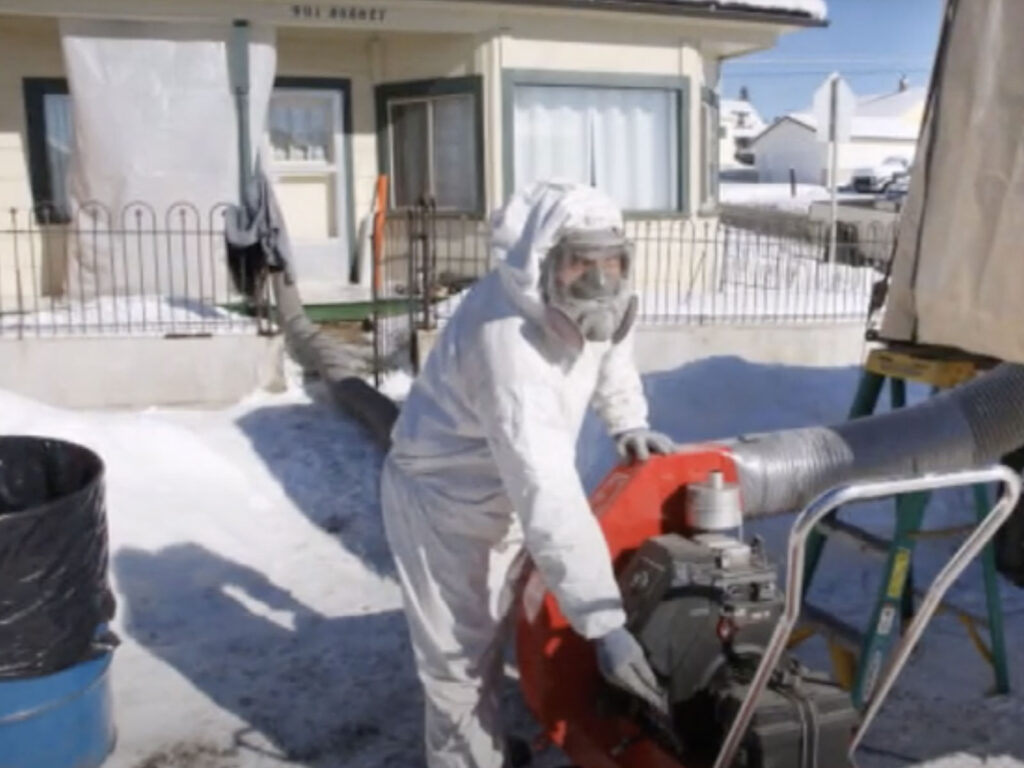
Contaminated Soil & Attic Insulation Replacement Program
Request that your property be sampled and cleaned up if necessary. Call for program information at (406) 497-5040.
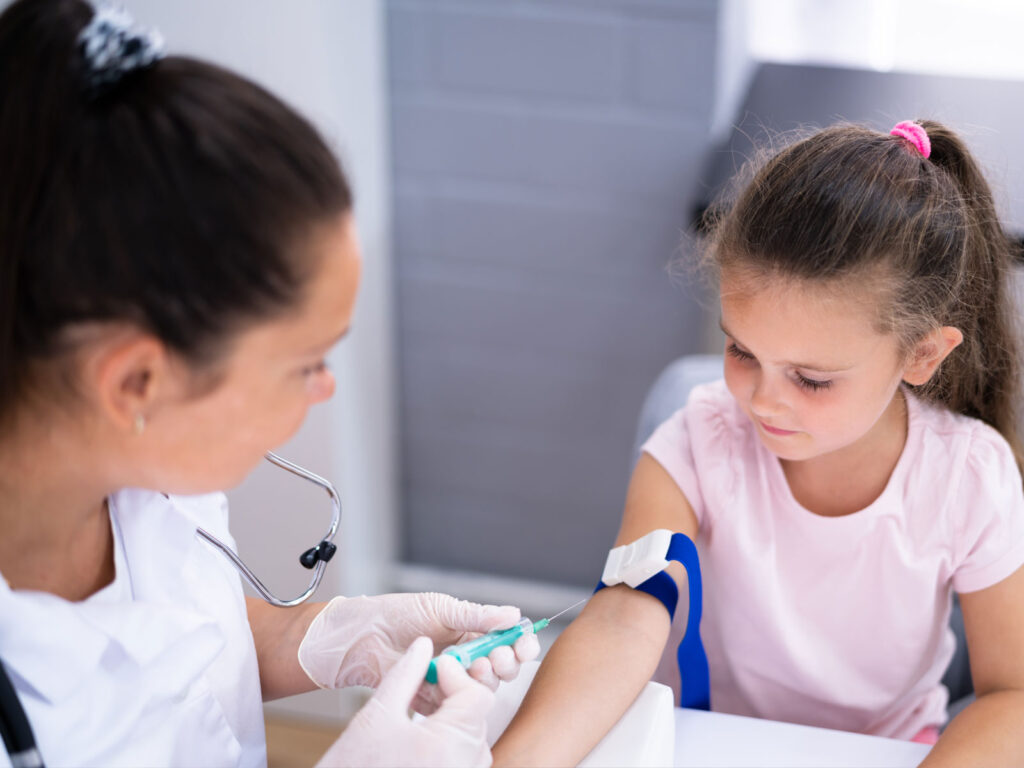
Blood Lead Level Testing
Free blood lead testing is available at Butte-Silver Bow Health Department for any county resident. For information on the blood lead testing program, call (406) 497-5003.
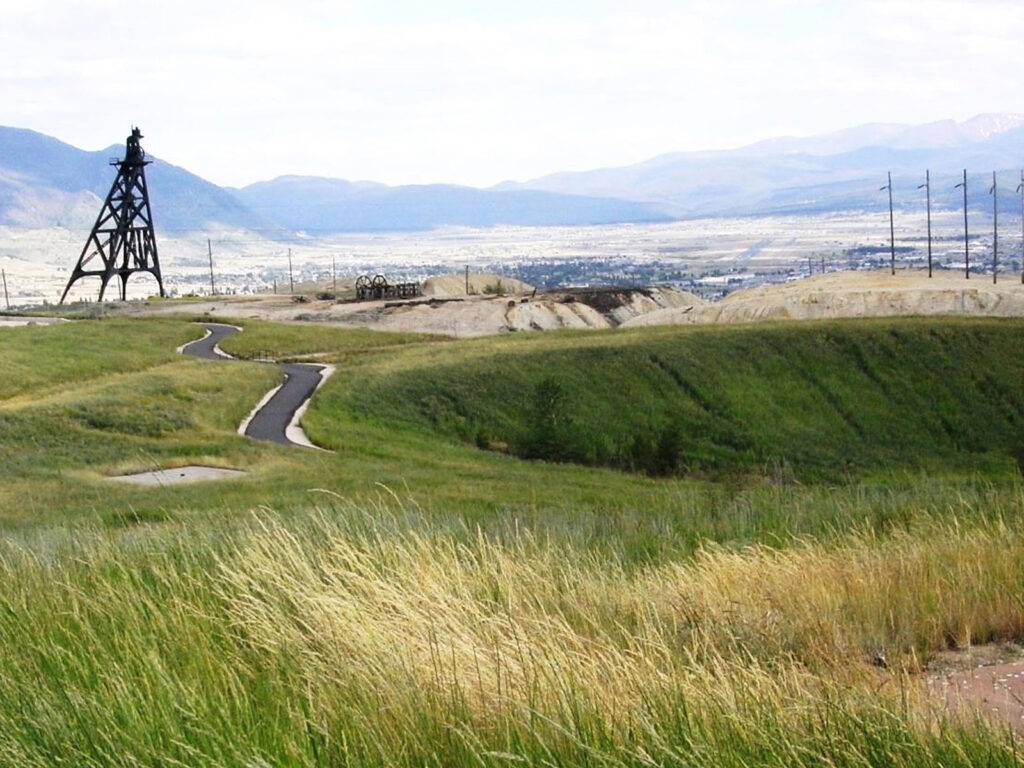
City-Wide Mine Waste Capping
Since the late 1980s, Atlantic Richfield has capped waste dumps near uptown communities due to high arsenic or lead levels, reclaiming over 600 acres. Caps are inspected every four years for stability and vegetation.
How We Got Here
Over the past 150 years, mining in Butte created wealth but left toxic waste in the air, water, and soil where residents live. Major health risks come from heavy metals like lead, arsenic, and mercury, along with chemicals from the Montana Pole Plant, including PCP and dioxins, which are linked to cancer.
The Superfund cleanup prioritizes reducing human exposure to these toxins, a major focus for community health.
MINE WASTE CAPPING PROJECTS:
